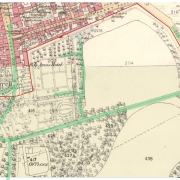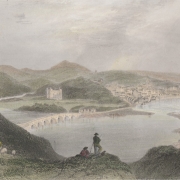Introduction
Everyone has read stories, or seen films, about the Wild West – the American Frontier – as people started moving westwards, populating and developing the land. The “hey day” of this was from the end of the American Civil War in 1865 for about quarter of a century – and right in the middle of that was a Macduff loon…..
We are very grateful to Sonia Packer – born in Banff – for this Story. She is the great great niece of William Duncan, the subject of this absolutely fascinating bit of history.
WILLIAM DUNCAN, 1846-1921 Part 1 of 2
William Duncan was the eldest of ten children born to James Duncan, a dock labourer and cooper who lived in Gellymill Street, Macduff with his wife, Ann Kinnaird who came from a farm in Gamrie.
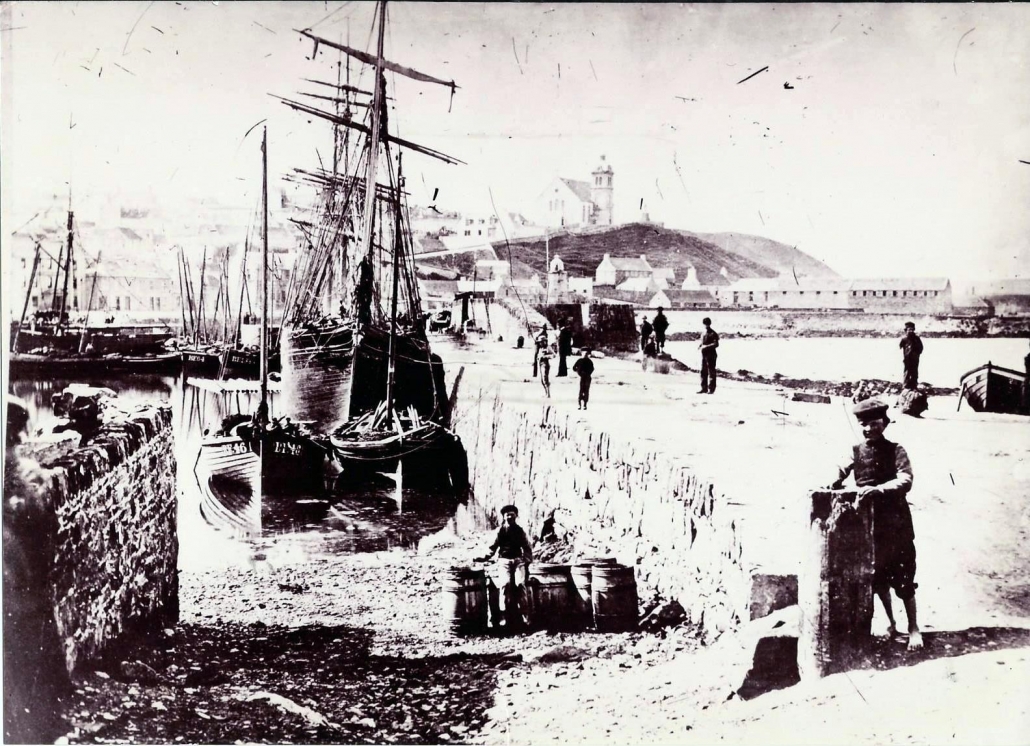
William initially worked in Macduff as a tailor. In 1863 he joined the Royal Navy. Not much is known about his experiences in the Navy but it is thought that it triggered his desire to explore the world. In 1866, age 20, William travelled from Glasgow to New York on the SS Caledonia and his new life far away from Scotland began.
At first he worked in any job he could find, gradually moving westward until he landed in Sebastian County, Arkansas. It is believed he used his tailoring skills to make military uniforms at Fort Smith. The whole area was under reconstruction following the end of the Civil War. Soon after, he moved to Stonewall, in the wilds of the Indian Territory, working as a clerk at a trading store and in 1868 he married Martha Patsy Hall. They went on to have three daughters and three sons. Their eldest child, a daughter, died as a baby. Martha died in 1878 following the birth of their sixth child. The following year he married his second wife; Sarah Jane Thornhill, known as Sallie, the widow of a Chickasaw Indian. She was a white girl but had been accepted by the Chickasaw Indians and spoke their language. The family moved to Fort Sill (formerly Camp Wichita) where William again used his tailoring skills. In 1882 William bought a general store at Cow Creek, close to the Chisholm Trail.
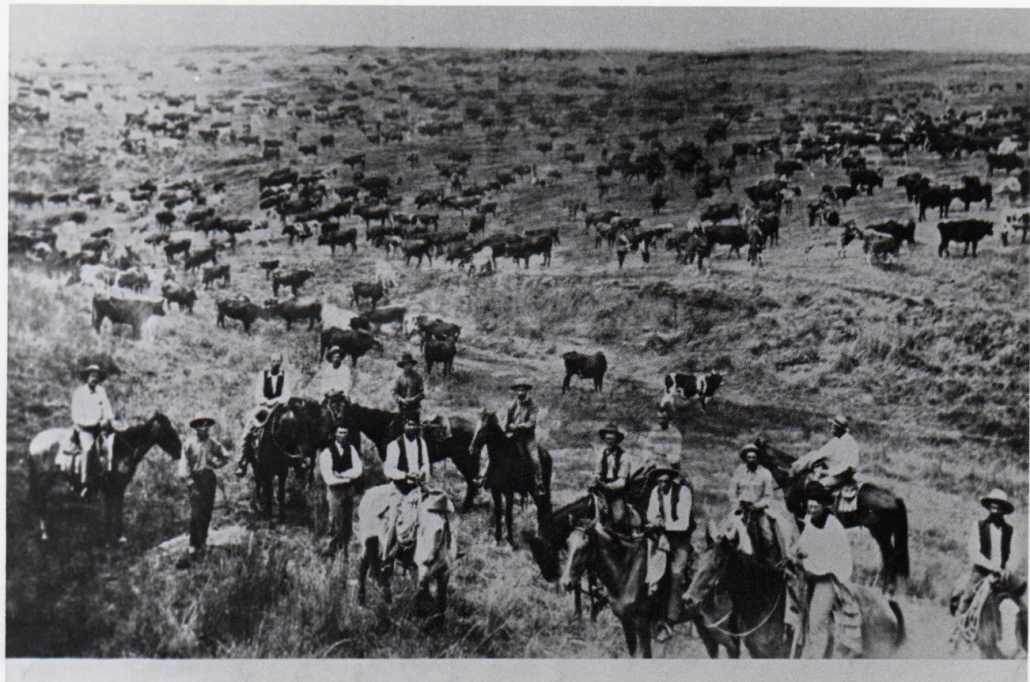
The trail, named after its developer, Jesse Chisholm, was used to drive longhorn cattle between Texas and the railroad markets at Kansas, so William’s store was ideally positioned to supply trade to the cattle herders/cowboys, ranchers and American Indian people from nearby reservations. The customers at his trading post also included some of the outlaws who used the Territory as a hideout – resulting in some tense moments! Supplies for his store mainly came by freight wagons from Gainesville, Texas.
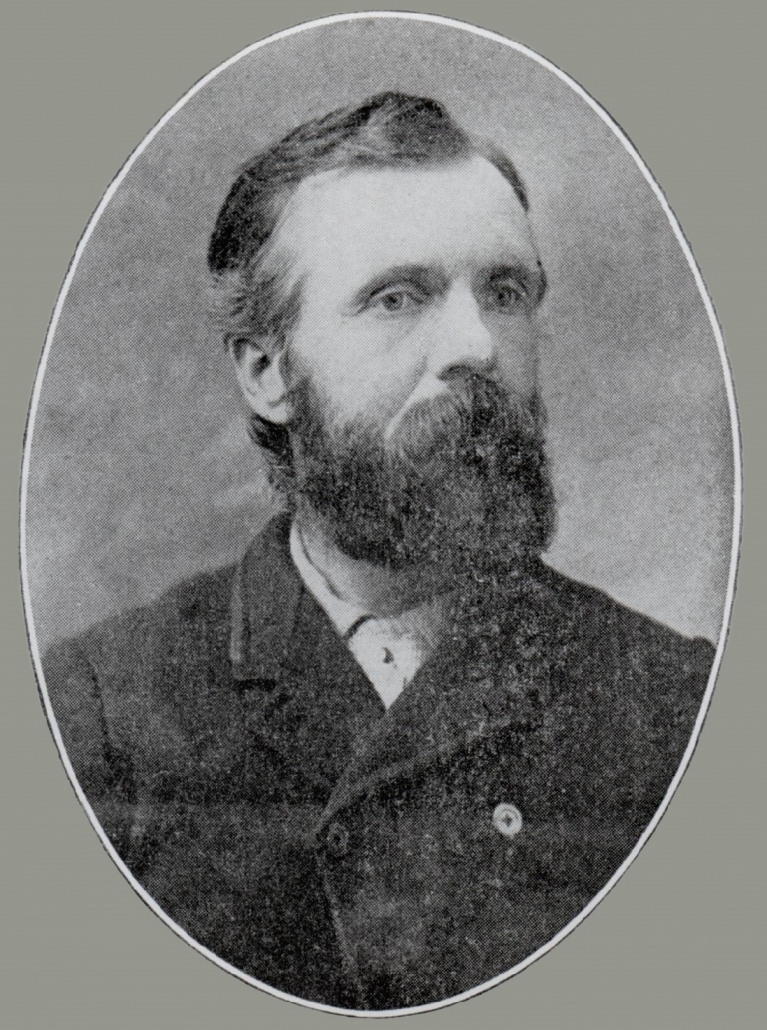
In 1884, William Duncan was also officially elected as Postmaster, a position he held for 11 years and the Duncan post office was established. As Sallie was legally classed as an ‘intermarried white’, she and William had a right to Indian Territory land so they claimed hundreds of acres surrounding their store. He started to build, expand and lease out areas to be brought to a state of cultivation. Over time, large numbers of people came to settle there and the little town of Duncan became well known. There was plenty of grass and water and the store supplied everything required for farming.
In 1888 William sent money home to Macduff so that his parents and some other family members could come and join him. In March that year their long journey began. The party consisted of James and Ann Duncan, their daughter Barbara with her husband Arthur Horne (his family owned the Crown Temperance Hotel and Stables in Banff and ran the first ‘penny bus’ service between Banff and Macduff) with their young son Joseph. Also in the party was another daughter, Agnes – who was married to Macduff man, Charlie Birnie – and her two young children, William and baby Annabella. The family first travelled by train from Macduff to Glasgow then by ship (the SS Furnessia) to New York, a journey of several weeks. A train from New York took them to Gainesville, Texas where they rested before being transferred by covered wagon to William’s home at Cow Creek. Ann Duncan sadly died there just a few months after their arduous journey.

Agnes Duncan and her husband remained in Oklahoma and raised their large family there. Barbara Duncan and her husband, Arthur Horne returned home to Banff as the pioneer life did not suit them. James Duncan also went home to Scotland shortly after the death of his wife but returned to visit his son, William, in 1895 and they always kept in close contact.
Watch this space for the second part of William Duncan’s development of “his” town of Duncan.

